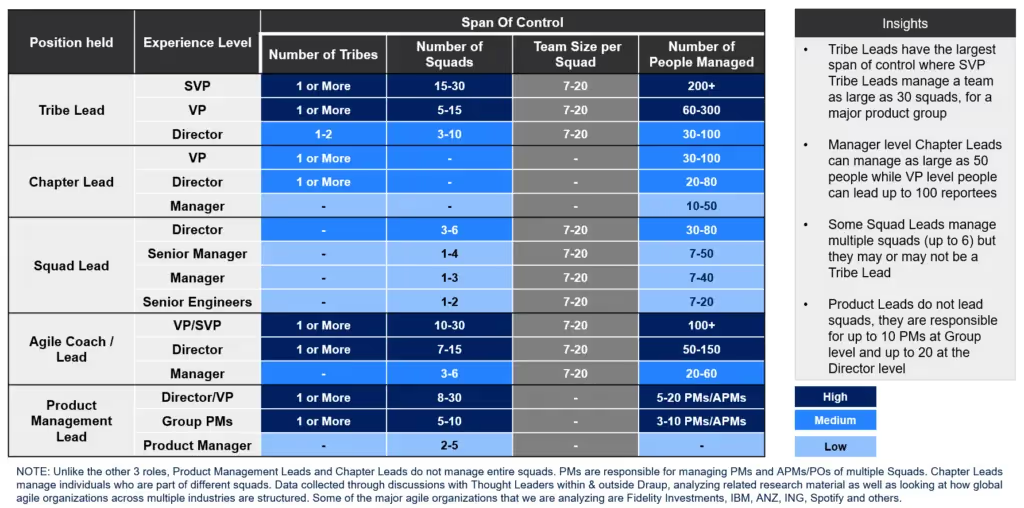Understanding the Future of Work for Recruiters and Workforce Planners
We have focused on the Future of Work and the importance of understanding the same for Recruiters and Workforce Planners. When it comes to the future of work, there are two theories:
- Discontinuity theory that Software and Automation will heavily disrupt labor and create large waves of unemployment, and machines will take over
- Continuity theory where Software and Automation will create a Complimentary Labor opportunity for the world to grow
The continuity theorists predict that the complex historical dynamics of human-machine interaction will continue to hold. Economist David Autor (2015) has produced the most thorough and convincing case for Continuity, emphasizing that those interested in the future of work must look beyond substitution to identify the limitations of computerization and the complex interactions between technology and employment. These researchers provide evidence of the continuing relevance of human-machine complementarity in the digital age.
Evidence of Continuity enabled by technology
- Equipped with digital tools, a procurement analyst now evaluates global suppliers and picks the best running a global RFP. Our research shows that over 7% of the tools used by Enterprises is now from Startup companies (less than 1% just a decade back)
- Recruiters today are providing a full experience to candidates – not just in the selection, providing a vision of the career to prospective candidates, promoting the company through digital marketing channels, being psychological support for rejected candidates, and you can add so many activities that did not exist even five years back
So it is clear that Enterprises and each practice within an Enterprise, should adapt Continuity theory. This often creates new markets and opportunities. Here is a small example. Two years into the global pandemic, there is a genuine demand for ordering household products through devices like Alexa. I often hear my wife telling Alexa to buy a bag of pet food, and it enters the consumption workflow seamlessly. Here is an exciting excerpt from the Dissertation Working Algorithms: Software Automation and the Future of Work by Shestakofsky, Benjamin J. University of California, Berkeley.
Technological change is also altering the price of labor—and, in turn, augmenting demand for human workers. At the same time, that information technologies enable new forms of automation; they also allow workers and employers around the globe to contract with one another via online labor markets like Upwork and Amazon Mechanical Turk (World Bank 2015). The availability of low-cost, online labor changes the nature of software development (Irani 2015a), allowing employers to take advantage of human workers’ flexibility and adaptability in new and creative ways. Rather than developing generalized artificial intelligence designed to replace human thought, many of today’s software engineers instead strive to create valuable assemblages of technology and workers that can perform tasks better and more efficiently together than either could alone (Kelkar 2014).
What should companies do to embrace the future of work in a meaningful way? There are several aspects, but we will touch on two of the most critical aspects.
- Develop an Agile Way of working
- Develop a Reskilling Propensity Index Sheet
Agile Way of Working
Agile is about bringing people together through Digital workflow, Advanced technology tools to enable optimal decision making and accelerating towards project objectives. Getting the span of control is absolutely important; otherwise, the whole purpose of Agility is missed. At Draup, we analyzed about 25 best agile companies and produced this map for a span of control

Reskilling Scoresheet
We recently helped a customer scenario listing all the existing Job Roles and plot how they can evolve. All the existing roles are listed in rows, and all the evolving future roles are plotted. The actual roles are masked and changed, and generalized to protect client confidentiality. Such a Reskilling score sheet gives the power to ensure Continuity. Such a model will help you understand the value of the people inhouse prior to outsourcing certain activities and also develop people inhouse
.avif)










.svg)




















.svg)





.svg)
